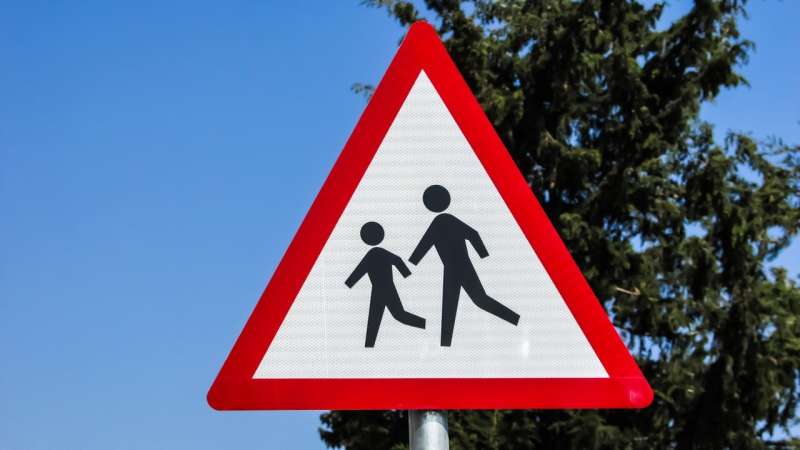
COVID-19 infections in Ontario are disproportionately concentrated in areas with lower-income and racialized groups. A new study shows the devastating impact that inequity poses for schools, students and families in those communities.
A research team led by Western University global education expert Prachi Srivastava found socio-economic characteristics, like ethnic concentration, residential instability and basic need deprivation of the geographic location of schools were more strongly associated with the number of elementary school student infections than individual school characteristics.
“To borrow a phrase from real estate: It’s about location, location, location,” said Srivastava. “Where schools were located really mattered, far more than the socio-economic characteristics of individual school populations.”
The study, co-authored by Western psychologists Daniel Ansari and Nathan Lau and Dr. Nisha Thampi from CHEO, a pediatric health-care and research center in Ottawa, is available now in pre-print via medRxiv.
“Publicly funded schools account for 94 percent of all enrolment in Ontario, which makes the fact that the province endured the longest period of school closures in the country, at an average of 26 weeks between March 2020 and June 2021, even more devastating for the two million students in Ontario,” said Srivastava, education professor at Western.
Upon investigation, Srivastava and her collaborators discovered elementary schools in marginalized areas in Ontario were more negatively affected by the COVID-19 pandemic than other areas of the province.
Schools with a higher proportion of students from lower-income households had a higher cumulative incidence of COVID-19 student infections in the 2020–21 school year. This relationship was significant but not as strong as characteristics of the geographic location of the school.
Srivastava says based on these findings, the province must prioritize schools in these communities when developing education and learning recovery plans.
“We can reasonably assume there likely would have been more students isolating, more classes sent home, and potentially, more school closures in those areas. While we don’t have those specific data, we know COVID-19 did not affect schools across different areas in the same ways.”
From a policy perspective, these findings actually minimize some of the decision-making when it comes to implementing recovery plans, says Srivastava.
“Governments should prioritize schools in more marginalized areas for infection prevention and mitigation measures, and in education continuity and recovery plans en masse,” said Srivastava. “Additionally, targeted resources should be allocated to schools with disadvantaged school populations.”
In November 2020, Srivastava and her collaborators launched the COVID-19 School Dashboard, which proved critical in visualizing school infections, the basis for this new study. The interactive tool reports and maps confirmed school-related cases of COVID-19 in publicly funded elementary and secondary schools in Ontario, Canada, and connects this to school-level social background characteristics and demographic data.
“Until now, we assumed socio-economic conditions were a factor. Our results confirm this,” said Srivastava. “Knowing the geographic distribution of all school cases for the 2020–21 school year, we were able to investigate the effects of school- and area-based socio-economic factors on elementary school student COVID-19 infections.”
Source: Read Full Article
